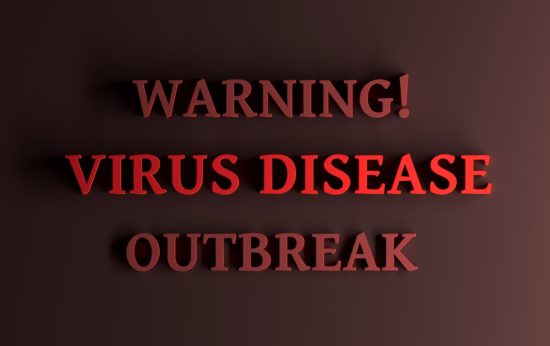Data on the number of infections in Ireland in early 2025 has revealed a foodborne hepatitis A outbreak with 17 sick.
Figures come from a report published by the Health Protection Surveillance Centre (HPSC) that includes foodborne illnesses in the first quarter of this year.
There were higher rates in the first quarter of 2025 for campylobacteriosis, norovirus, hepatitis A, and shigellosis compared to the same period in 2024.
Campylobacteriosis notification rates have increased year on year since 2020 and the rate in the first quarter of 2025 was the highest. Hepatitis A notifications were high when compared to the same time period in recent years. HPSC said one reason for this is a national outbreak, with 17 confirmed cases. A foodborne source is suspected and an investigation is ongoing. A Food Safety Authority of Ireland (FSAI) spokesperson said it was currently investigating and could not comment further.
Notifications of listeriosis, salmonellosis, hepatitis E, and Shiga toxin-producing E. coli (STEC) remained largely unchanged in the first quarter of 2025, compared to the first quarter (Q1) of 2024.
Salmonella and E. coli
For Salmonella, 63 cases were notified in Q1 2025, compared to 65 in Q1 2024. For the 52 cases where travel history was known, 37 infections were domestically acquired.
HPSC said the typical association of Salmonella Enteritidis cases with international travel was not seen during Q1 2025, likely due to the lower than usual proportion of travel associated cases.
There was one family outbreak of Salmonella Mikawasima with three sick, the transmission route was reported as person-to-person.
A total of 852 Campylobacteriosis cases were reported, up from 733 in Q1 2024. Of 36 sequenced isolates, 34 were Campylobacter jejuni.
The transmission route for one outbreak with two cases was person to person and animal contact.
In early 2025, 110 cases of E. coli were reported, compared to 112 in Q1 2024.
Forty people were hospitalized and there were four cases of hemolytic uremic syndrome (HUS), a type of kidney disease that sometimes leads to death.
Of three outbreaks, one was in a childcare facility with 17 people ill and transmission was believed to be person to person. Two family outbreaks affected four people.
The most common serogroups among culture confirmed cases were O26 on 22 occasions, O91 seven times, and O157 five times.
Listeria, cryptosporidium, and hepatitis
Two cases of listeriosis were noted in Q1 2025, which is lower than five infections in Q1 2024. Both were adult or juvenile cases and not pregnancy associated.
A total of 132 cases of cryptosporidiosis were reported, which is down from 152 in Q1 2024. For 125 cases, infection was domestically acquired and for six, travel status was not known.
Eight outbreaks occurred in Q1 2025, down from 12 in the same period in 2024. Two outbreaks with 16 patients were linked to petting farm locations. The transmission route was animal contact.
Hepatitis A cases went up from 18 to 29 in early 2025. Fifteen cases reported domestically acquired infections but this data was not known for nine patients.
Ten cases of hepatitis E were reported. All infections were in adults aged between 20 and 70. Six were male and four were female.
Overall, there were 91 shigellosis cases, almost double the 47 reported in Q1 2024. One epidemic was part of a multi-country suspected foodborne outbreak associated with long-haul international travel that involves 38 people and one airport.
A cluster of 20 Shigella sonnei cases were first reported by the United Kingdom. Austria, France, and the Netherlands also have genetically linked cases.
(To sign up for a free subscription to Food Safety News, click here)



